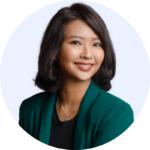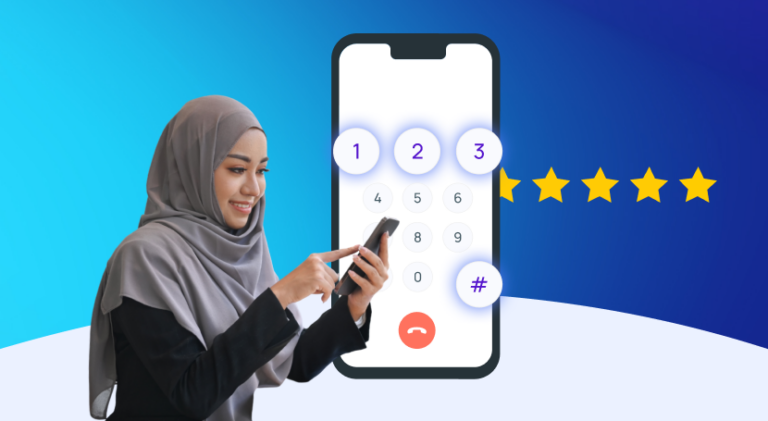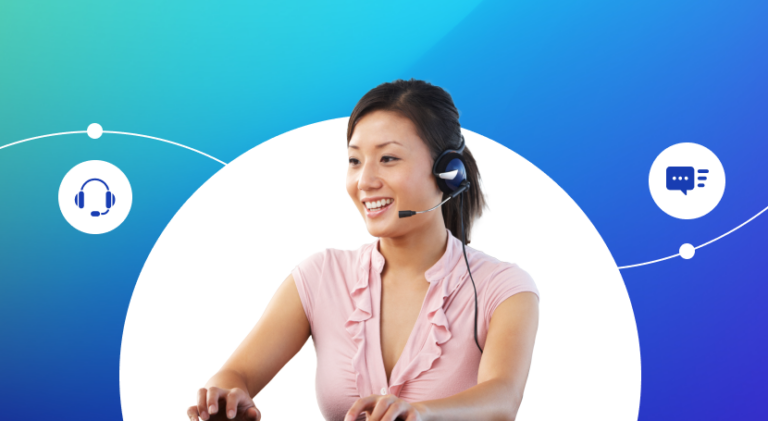Creating seamless customer experiences requires better understanding of what exactly consumers prefer in terms of communication methods. To this end, Toku recently commissioned an independent consumer engagement research report surveying the Singapore market.
A poor customer experience can often make or break a business.
These days, it’s not uncommon for customers to simply do a quick about-turn when faced with a bad experience. A PWC report revealed that 32% of customers would do so. Clearly, a bad customer experience can no longer be ignored, even by companies with a superior product.
So what can companies do?
One of the first steps to take, is identify where the majority of your customer support queries are coming from. Often, this would be the company’s call centre. It makes sense because most customers seeking advice or help just want someone to solve their problem right away. Waiting for a response via email is not an option for them.
However, if your customer support agents are inundated with calls routed to the wrong department, or they’re wasting time solving customer problems that can be self-resolved with a knowledge base, then chances are it’s time your business explored an IVR solution.
What is an IVR system?
An Interactive Voice Response (IVR) is an automated telephone system which enables a customer to interact with a phone menu. This can be done either by choosing from a range of options via a touch-tone keypad (DTMF tones) or using your voice.
If you’ve ever called up your bank’s hotline and were asked to press “1” for English, “2” for Mandarin and so on, congratulations – you’ve interacted with an IVR!
IVR works by collecting caller responses. The system then automatically determines the most relevant department to route the call to. How that decision is made depends on how the contact centre has programmed the logic into the IVR menu. This is one reason why most modern contact centres use IVR systems– to automatically direct the call to the right agent and make the entire operation more efficient.
Here are some ways that implementing an IVR system can bring your customer experience to a whole new level.
Save precious time for your customers with IVR
By now, it should be clear that IVR has massive potential to save time – both for customers as well as businesses.
By ensuring the customer gets routed to the right place as soon as possible in the interaction, you’ll be able to cut down on waiting time and call time. Moreover the end user is able to solve their problem faster, and get on with their day.
A lot of this boils down to understanding your customers though.
If you don’t have a solid knowledge of your customers’ typical queries, you will not be able to plan the necessary options in your IVR menu. And if you don’t have an existing knowledge base to direct customers to so they can solve basic problems on their own, you will not be able to reduce the call burden on your operators
We all know what happens then – call waiting duration increases, which makes for a bad customer experience.
Understand customers better with IVR-powered surveys
If you think online survey tools are the coolest way to get more customer responses, think again.

Get monthly nuggets of wisdom for all things customer experience in your inbox
Online surveys usually generate a response rate of about 5%. Compare that to IVR surveys where 70% of respondents who say they will participate, actually do.
An IVR survey allows you to pre-record an automated phone survey. If you have customers regularly seeking support from your contact centre, it’s easy to add in an IVR survey at the end of their interaction to evaluate customer satisfaction, and get insights on what can be improved in your customer experience.
Using such a data-driven approach can help you build a better customer journey that’s more personalised to your users’ needs.
Embed IVR in apps to boost customer satisfaction
If your company is getting a large volume of calls related to a particular problem, and you have an existing app with a large user base, a better way to prioritise and resolve these urgent calls is by integrating an IVR within your phone line, then embedding a call button in your mobile app.
This way, your customers can directly call your customer support without having to leave the app, and be automatically directed to the appropriate department via the IVR system quickly.
Gojek accomplished this IVR integration using Toku’s IVR, and managed to resolve 90% of reported lost & found calls without agent intervention.
Scale internationally with multi-language text-to-speech
Once a business needs to expand fast to international markets, scaling customer support for multiple languages is going to be tough.
Not so with IVR. Many cloud communications providers have IVR systems that use text-to-speech technology with multi-language support, meaning that you don’t need to record hours of audio messages for every interaction for every language. All you have to do is provide a text file in one language, and the system translates it into all supported languages, then automatically generates audio messages based on the translations.
Advanced IVR systems like this allow companies to provide the hyperlocal, personalised support that many consumers have come to expect as a norm. Little details like speaking to your customers in their native language is one way to boost trust and elevate the customer experience.
Round-the-clock support with IVR
Have you ever called customer support only to be told you had called outside of their operating hours, and that you had to call tomorrow?
It’s not a pleasant feeling at all.
It’s precisely this sort of problem that IVR systems excel at solving. If you’ve integrated a technical knowledge base into the IVR that helps users solve common problems themselves 24/7, that’s an immediate win that sets your business apart from the competition.
You’re not reactively waiting for the user’s problem to come to you. Instead, you’re proactively giving solutions in advance, and providing them in a targeted way automatically that’s relevant to the user’s context.
Simply being available to help at all times is one of the hallmarks of a stellar customer experience.
 Nora Huin
Nora Huin 

 V K Sanjeed
V K Sanjeed 
